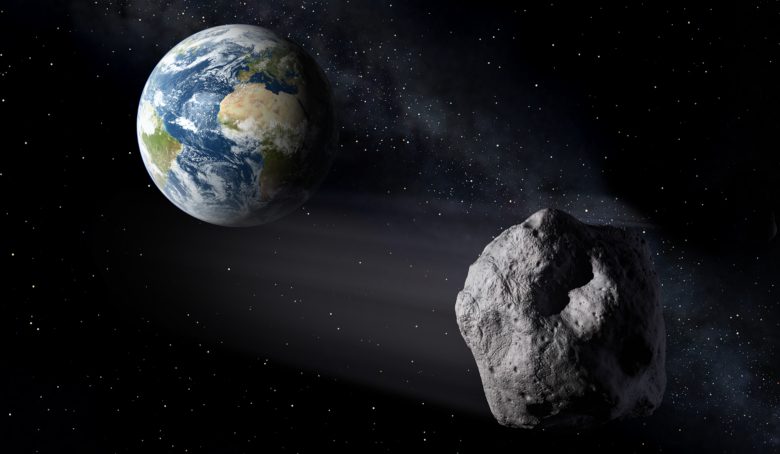We’ve seen Hollywood’s version of what would happen if our planet suddenly became the target of a hostile asteroid intent on smashing in to us and wiping out life on Earth, but how would the situation really be handled by those whose job it is to mitigate a world-wide extinction scenario? You can find out now, because all of this week asteroid experts from across the globe have come together to simulate a fictional but plausible asteroid impact on Earth and for the first time ESA will cover the asteroid impact exercise live via social media.
Every two years, asteroid experts meet and act out, but not in the way Morgan Freeman or Bruce Willis might, how someone in a role such as ‘national government’, ‘astronomer’, ‘space agency’ and ‘civil protection officer’ might respond when faced with a cataclysmic event sufficient enough that it could throw Earth back into the dark ages. And, like a real-life situation, those involved don't know how it will evolve from one day to the next, and must make plans based on the daily updates they are given.
The scene set for this year’s hypothetical impact scenario falls to asteroid ‘2019 PDC,’ an object that was discovered on 26 March 2019 and has been given its name by the IAU’s Minor Planet Center. Those in the test have been given the following unfolding circumstances in order to formulate a plan to minimise casualties and to prepare for the worst;
Initial calculations suggest the orbit of 2019 PDC will bring it within 7.5 million kilometres of Earth’s orbit, or within 0.05 AU of Earth’s orbit (one AU is the mean distance between the Sun and Earth, equal to 149 597 870.7 km).
The day after 2019 PDC is discovered, ESA and NASA’s impact monitoring systems identify several future dates when the asteroid could hit Earth. Both systems agree that the asteroid is most likely to strike on 29 April 2027 – more than eight years away – with a very low probability of impact of about 1 in 50 000. However, as observations continue, the likelihood of an impact in 2027 increases.
Very little is known about the asteroid’s physical properties, however from its brightness, experts determine that the asteroid’s mean size could be anywhere from 100-300 meters. For comparison, the 2013 Chelyabinsk meteor event – the only known such incident in modern times – injured around 1200 people (no fatalities) and it was approximately 20 metres (66 ft) in diameter travelling with a speed of 19.16 ± 0.15 kilometres per second.
Astronomers continued to monitor the asteroid for a month after its initial detection, which provided them with more information about the object’s trajectory, and have now discovered that the chance of impact is rapidly increasing. By 29 April 2019 the probability of impact has risen to 1 in 100.
Although it is not yet clear where the asteroid might hit, experts will need to account for as many eventualities as possible.
“The first step in protecting our planet is knowing what’s out there,” says Rüdiger Jehn, ESA’s Head of Planetary Defence. “Only then, with enough warning, can we take the steps needed to prevent an asteroid strike altogether, or to minimise the damage it does on the ground.”
Incidentally, the date (29 April) coincides with the first day of the 2019 Planetary Defence Conference, Washington DC, which is where experts from NASA’s Planetary Defense Coordination Office working together with the US Federal Emergency Management Agency are producing the impact exercise.
“Fortunately, impacts from medium and large asteroids are not very common,” explains Detlef Koschny, senior asteroid expert at ESA who will be involved in the hypothetical scenario.
“However, this means we have little opportunity to practise our response to this very real – though unlikely – danger. This year’s impact scenario is a very unique chance to run through, in real-time, an asteroid impact.”
For daily updates on the asteroid impact scenario, check out the @esaoperations Twitter channel which will share updates on the asteroid impact exercise in realtime. And keep an eye out on the ESA Facebook page, for live-stream videos straight from the Planetary Defense Conference, the next of which will be on 2 May, 2019 at around mid-afternoon European time.











